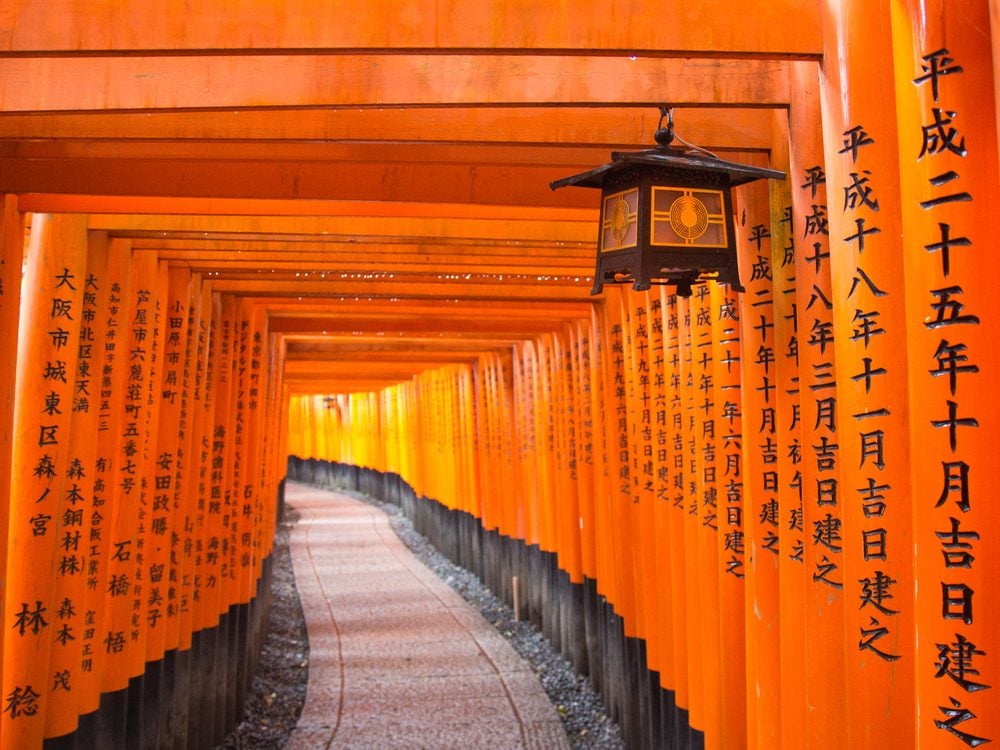
Travelling to Japan for the first time? Here’s what you need to know
It may be hard to believe, but Japan wasn’t always the perennial bucket list topper it is now. According to the World Tourism Organization, Japan was only the 31st most-visited country in the world in 2010, attracting a humble 8.6 million visitors. That figure soared to 28.6 million visitors in 2017, making Japan far and away the world’s fastest-growing tourist destination.
So what changed? Surely not Japan, which has a deeply ingrained cultural identity that’s remained the same for hundreds of years. What has changed is our appreciation of it. After all, Japan is undoubtedly one the most stunning places on Earth—a country filled with ancient temples, majestic mountains, soaring skyscrapers and fascinating customs. (In case you needed reminding, the food is nothing to scoff at either.) If you’re travelling to Japan for the first time, keep these helpful hints in mind.
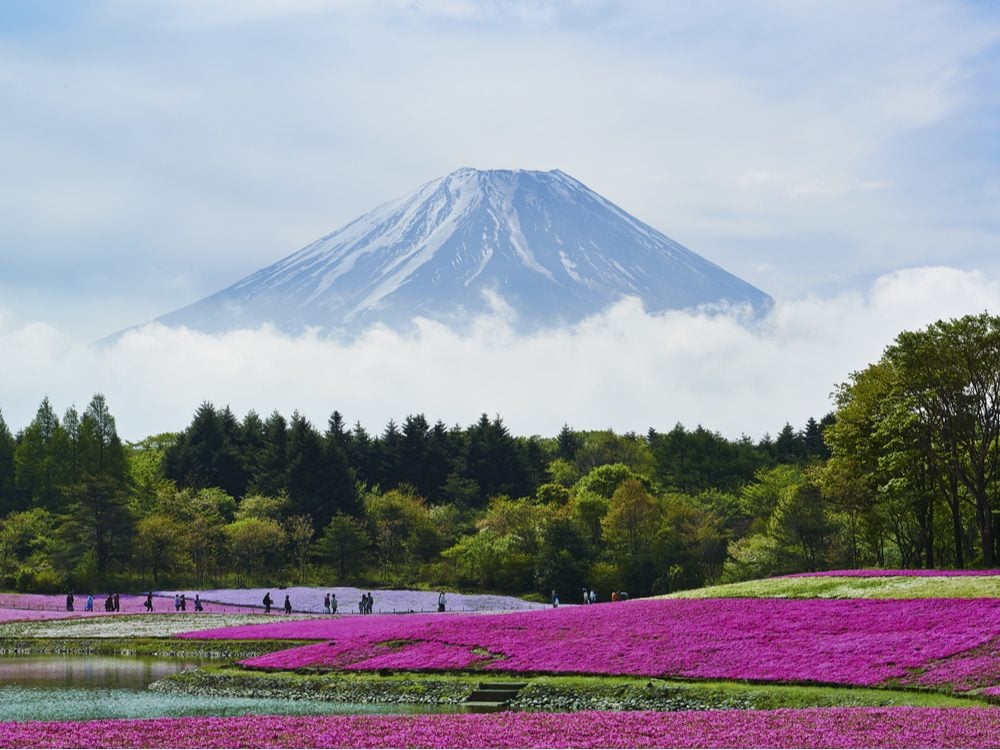
There’s no “best” time to visit Japan
To say Japan offers a wide range of climates is an understatement—neatly situated between the Asian continent and the Pacific Ocean, Japan is essentially a vast collection of islands stretching over thousands of kilometres. That means the northern island of Hokkaido is chillier than the southern subtropical island of Okinawa. It also means that Japan is worth visiting any time of the year, since each season makes for its own unique experience.
Not surprisingly, spring’s cherry blossoms and autumn’s golden-hued foliage make these two transitional seasons the busiest times to visit. Summers are typically warm and humid—a rainy period in the southern regions takes place in June. Regions in the northwest of Japan receive snowfall between December and February. Overall, winters are the least busy time to visit.
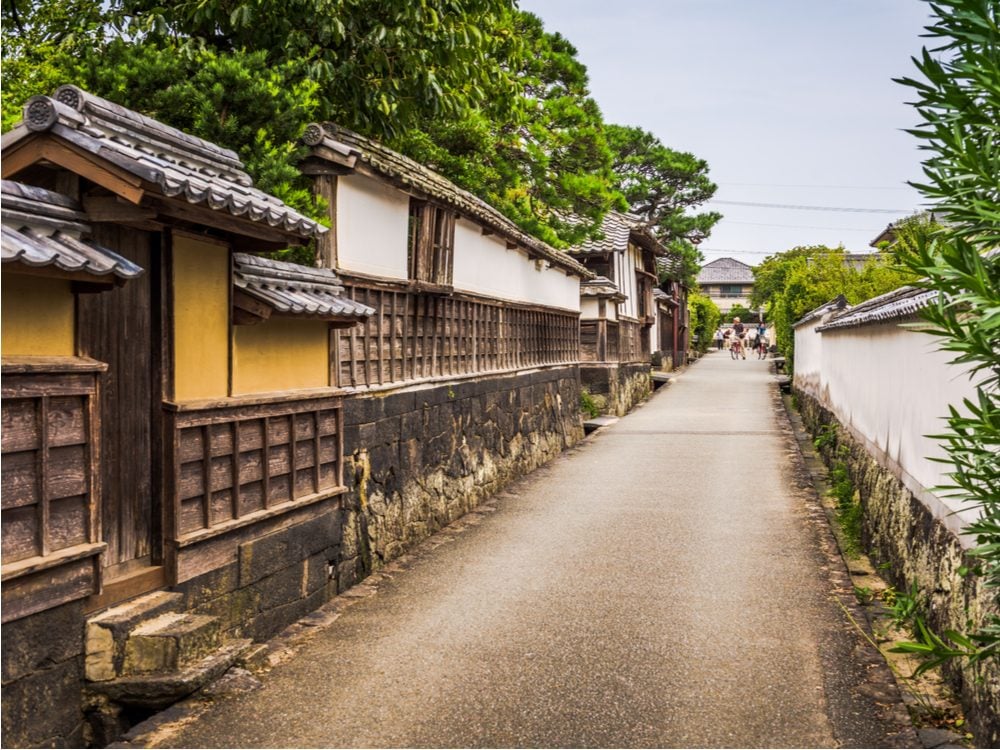
Consider the road less travelled
Being a top travel destination does have one significant drawback: crowds. With 127 million residents packed into just 364,555 square kilometres, Japan is one of the most densely populated countries in the world. Add the Tokyo 2020 Summer Olympics to the equation, and expect even more crowds next year.
While Tokyo is a tried-and-true destination that won’t disappoint, you can have an equally rich experience if you wander off the beaten path. Case in point: Toronto-based travel company G Adventures’ Backroads of Japan tour. This 11-day adventure begins in Tokyo and ends in Kyoto, but features a host of underrated spots in between: the Japanese Alps-backdropped city of Matsumoto, the serene castle town of Hagi (above), and Ōtsu, the former imperial capital that’s home to Lake Biwa and a host of impressive temples.
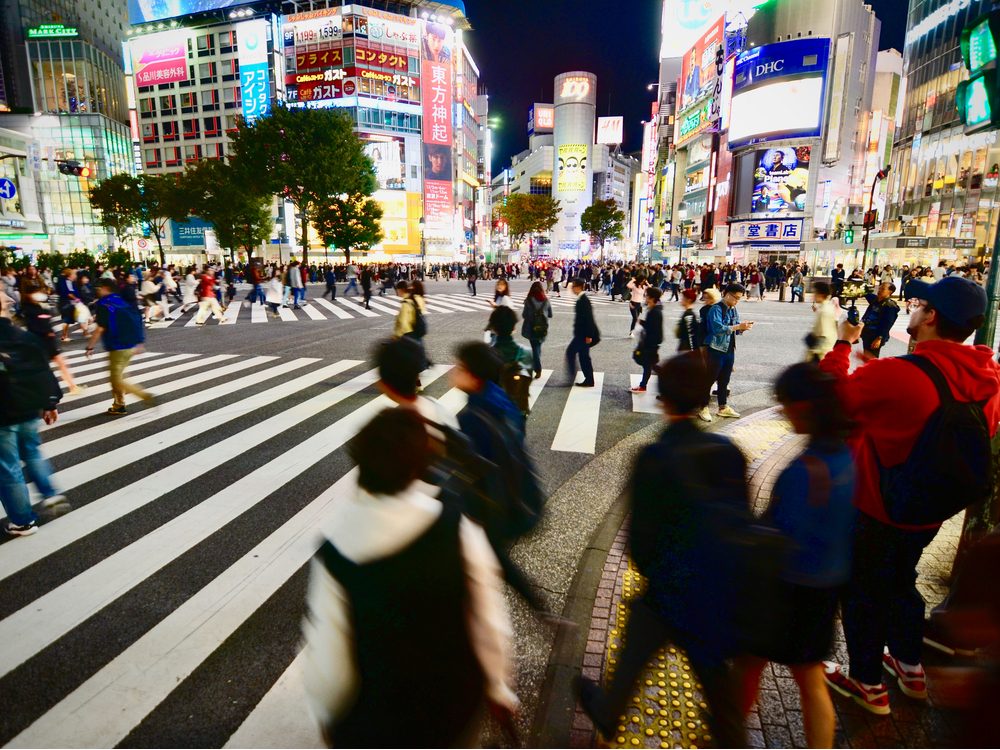
Make sure you’re vaccinated
Japan may be one of the healthiest countries in the world, but that shouldn’t stop you from consulting with your doctor before going. Make sure you’re up-to-date on vaccinations for Hepatitis A and B. If you’re interested in staying in Japan for more than a month, or plan on visiting the countryside during spring and summer, inquire about being vaccinated against Japanese encephalitis: a virus spread through mosquito bites. In all cases, consult the Government of Canada’s website for any travel notices.
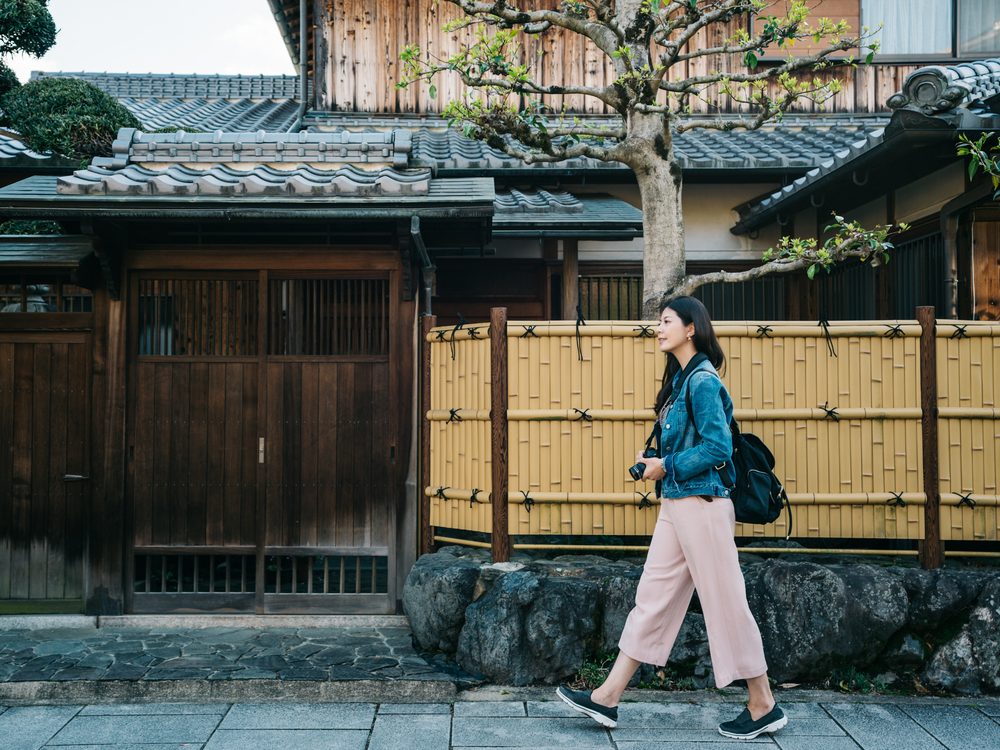
Are you a heavy packer? You can ship your luggage anywhere in Japan
When you’re heading overseas, you might feel obliged to bring everything but the kitchen sink. Japan, however, is best experienced by rail, which means a lot of walking up and down stairs to catch trains with limited storage space. If you’re guilty of overpacking, skip lugging around your belongings and consider Japan’s Takuhaibin: a transport service that ships luggage nationwide. Your gear will be picked up at your hotel and delivered to your next destination the following day—service can be arranged at your hotel. Costs vary depending on where you’re shipping to, but usually range from $21 to $48 CAD per suitcase.
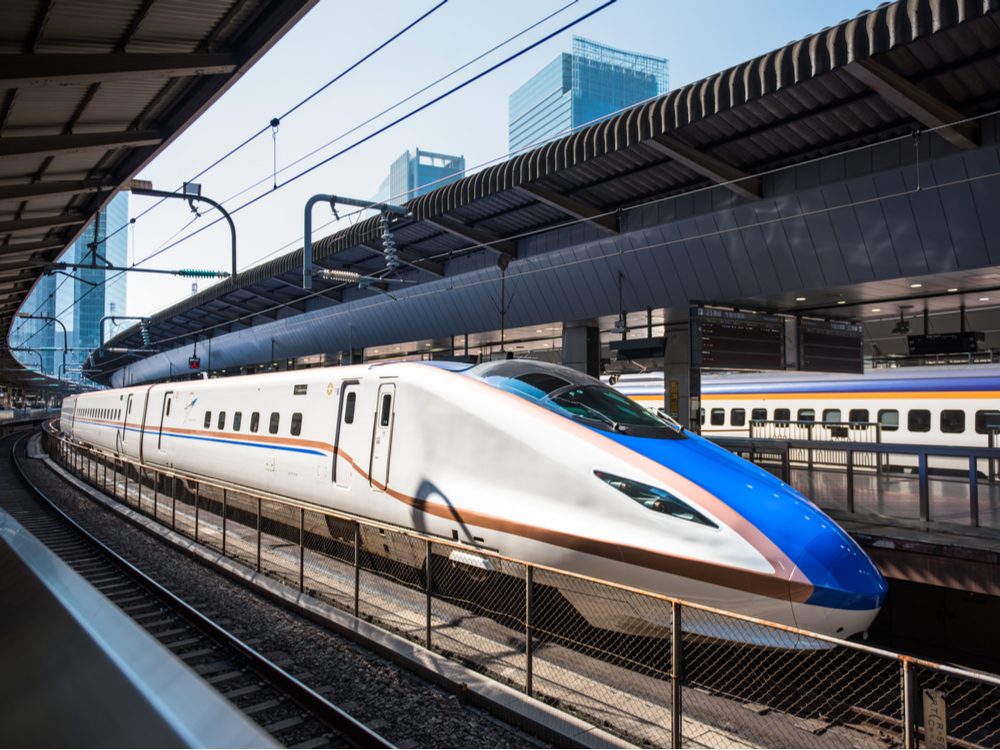
The railway system is super efficient
Riding Japan’s metro and high-speed trains can be a daunting experience: after all, there are 150 lines and 2,000 underground and aboveground stations in Tokyo alone. The good news? You’ll always be safe and on time. In the 50-plus year history of Japan’s Shinkansen, the country’s bullet train system, there hasn’t been a single passenger fatality or injury due to train accidents. (Keep in mind, that stat encompasses the system’s 10 billion passengers in total!) If that isn’t impressive enough, the operators of the Tsukuba Express, a railway line operating in central Tokyo, gave a formal apology to riders in 2017 when their train departed 20 seconds early.
Travel tip: A Japan Rail (JR) Pass can save you big bucks! Unlimited passes give you access to the Shinkansen, JR-branded commuter trains, buses and ferries. Passes are valid for a certain number of days within a seven, 14, or 21-day period.
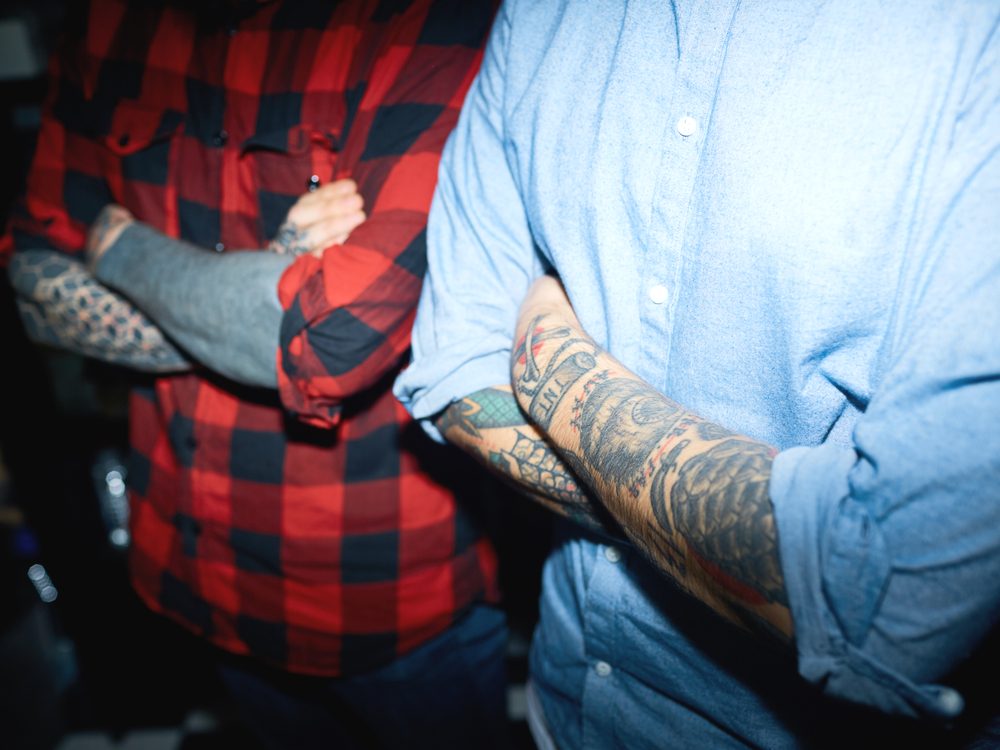
Tattoos are taboo
While younger generations have become much more open to body art in recent years, tattoos have long been stigmatized in Japan for their association with organized crime gangs, such as the Yakuza. Do your best to cover your tattoos whenever possible and let the staff at your hotel know before entering a public spa or hot spring.
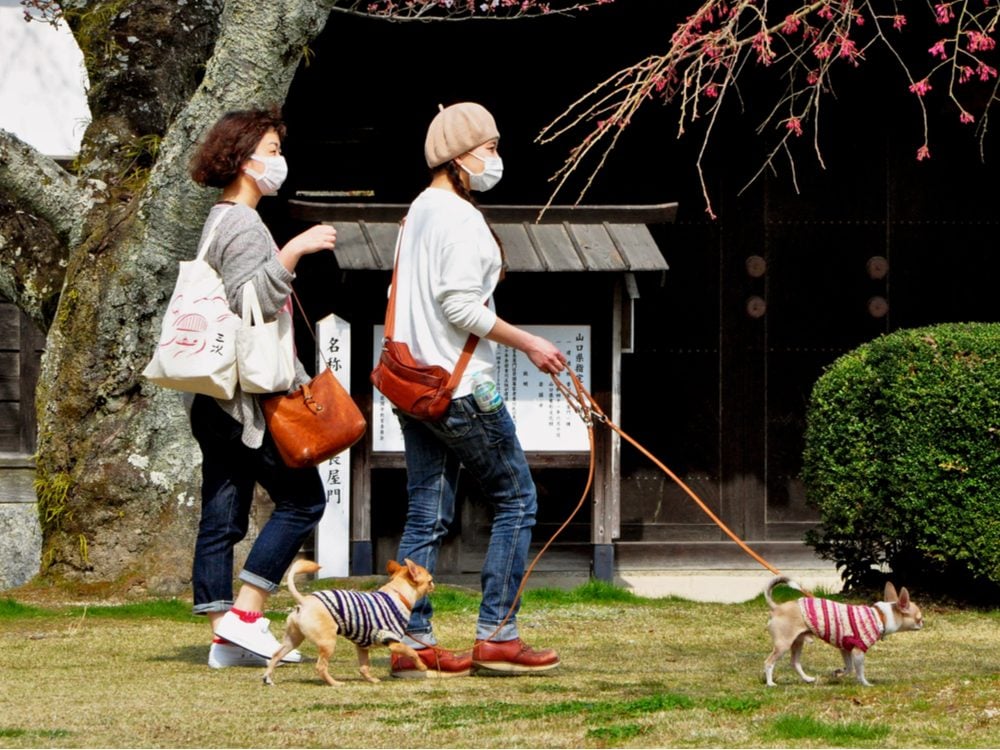
The truth about those surgical masks
Wearing surgical masks became a popular habit in the early 2000s as a way to avoid getting sick. Now, they’re also typically used to prevent dust and pollen from entering one’s airways during the warmer months, and protect from dry air when it’s cold. According to G Adventures guide Makoto Moriya, some Japanese locals even wear masks so as not to be bothered in public, while young Japanese women have been known to utilize masks when they haven’t had enough time to put on makeup.
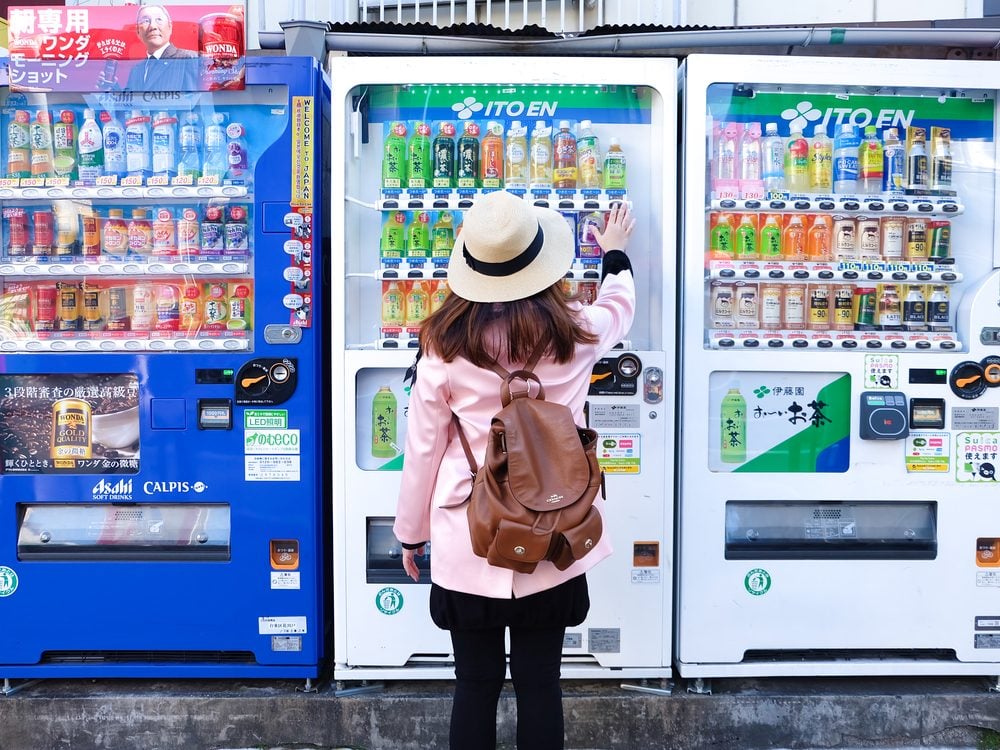
Vending machines are everywhere
Japan has the highest density of vending machines worldwide, with a grand total of five million across the country. (That’s approximately one vending machine per every 23 people.) Soft drinks, coffee, tea, cigarettes, desserts, warm meals—if you can drink it, smoke it or eat it, chances are there’s a vending machine selling it. Their enduring popularity isn’t surprising: the Japanese love automation and convenience. Plus, there’s very little vandalism in Japan, meaning that these machines are rarely ever broken into.
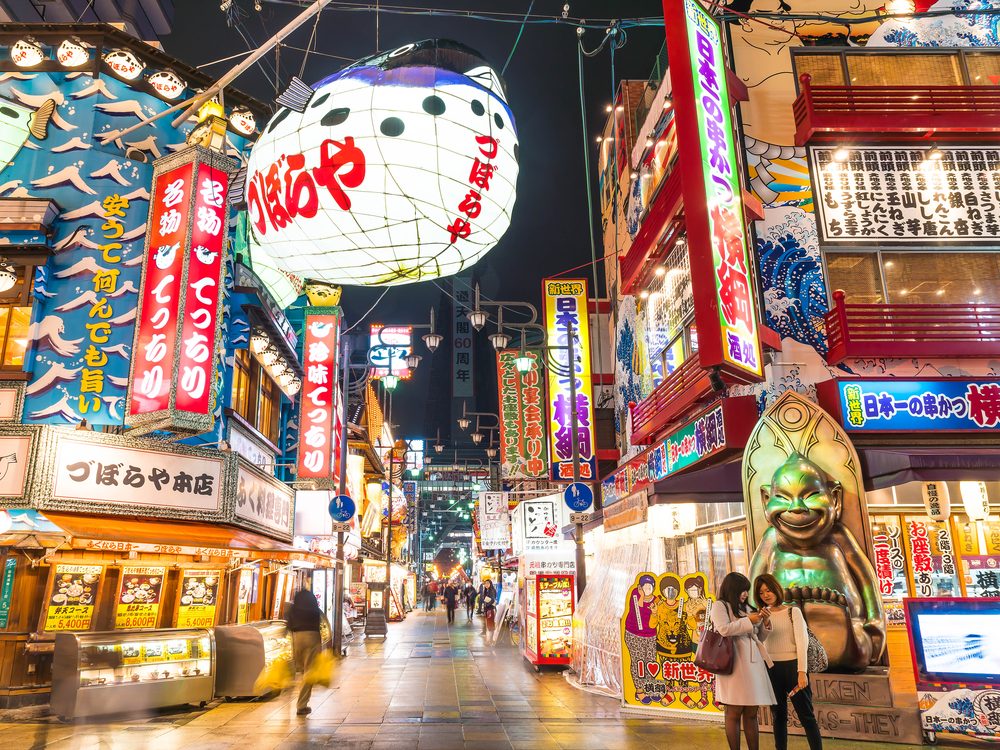
There aren’t many public trash cans
Following a series of deadly sarin gas attacks on the Tokyo Metro in 1995, most public waste bins were taken out of circulation. It isn’t as inconvenient as it sounds, however: Japanese residents typically bring a small plastic bag out with them for their trash just in case. The lack of garbage cans hasn’t affected Japan’s streets, either—because of a cultural emphasis on cleanliness, urban life in Japan is generally very tidy.
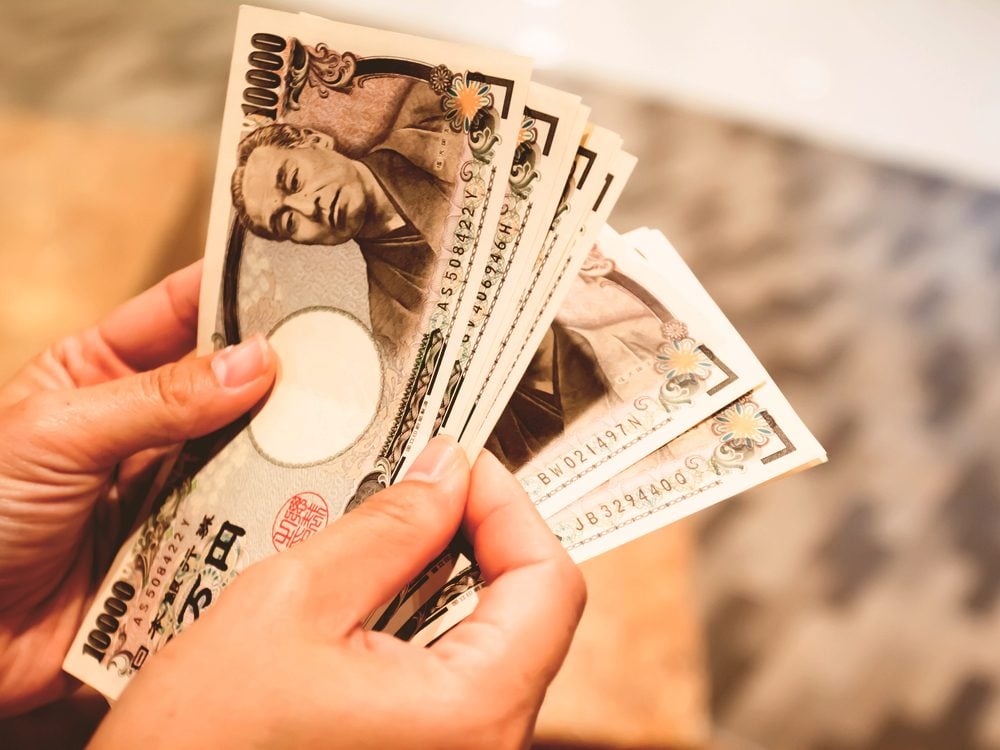
Cash is still king
Japan may be known for its technology, but the country is old-fashioned when it comes to money. Some stores accept credit cards, but many don’t. Always carry cash for bus rides or train rides on the Metro. And if you take trips outside of major cities, your credit card won’t be any more useful than plastic.
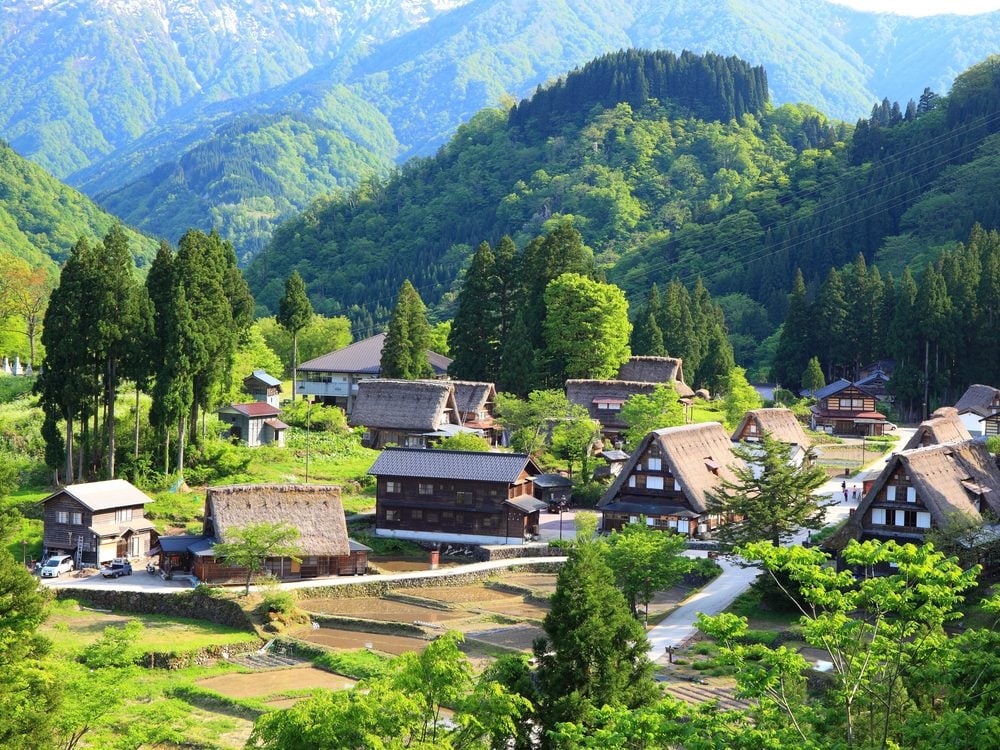
Japan is incredibly safe
Don’t worry about carrying large amounts of yen in your wallet or going for a walk late at night: Japan has very low crime rates. In fact, if you drop your wallet, don’t be surprised to find out it was delivered to the nearest police station or Koban (police box). According to data released by the National Police Agency, the number of recorded crimes in Japan fell to 915,042 in 2017—the lowest level in the postwar era. Experts have pinned Japan’s relative safety on a low unemployment rate, strict gun control, and a society that reinforces concepts of honour and community.
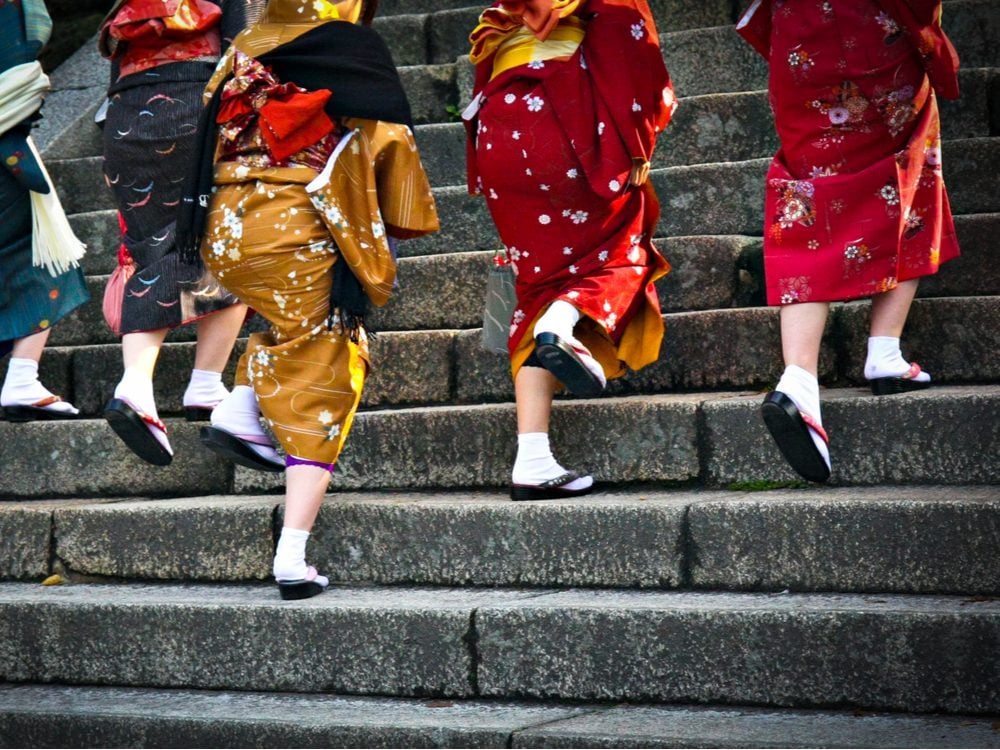
Walk on your left, not your right
You’ll notice quickly that the Japanese drive on the left side of the road, but watch out: they walk on the left side too! Of course, this decree isn’t set in stone—walking rules can get tricky on escalators, for instance—but most Japanese people tend to walk on the left side, especially in malls.
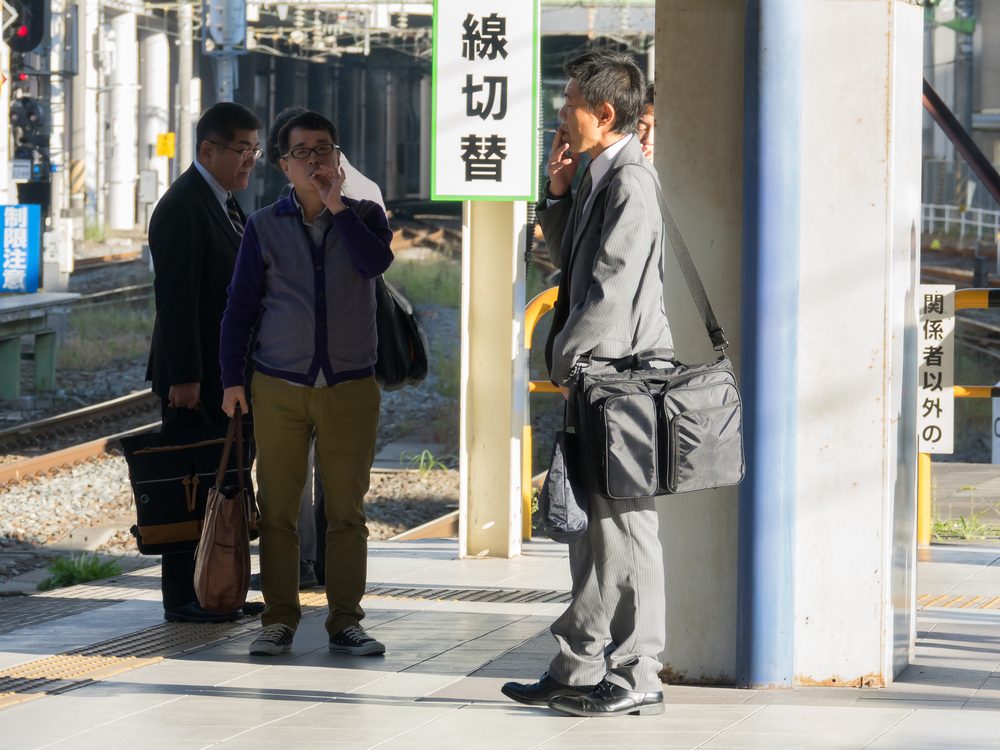
Smoking laws have changed drastically
Don’t even think about walking and smoking on a busy street in Japan—it’s common courtesy to only smoke in designated smoking areas. Once a haven for smokers, restaurants and bars are now required to prohibit the pastime. Trains and buses won’t allow it either, although some bullet trains provide ventilated smoking rooms. According to a survey conducted by Japan Tobacco, the per cent of male smokers in 2017 was 28.2—roughly one-third that of 1966, when it peaked at a whopping 83.7 per cent.
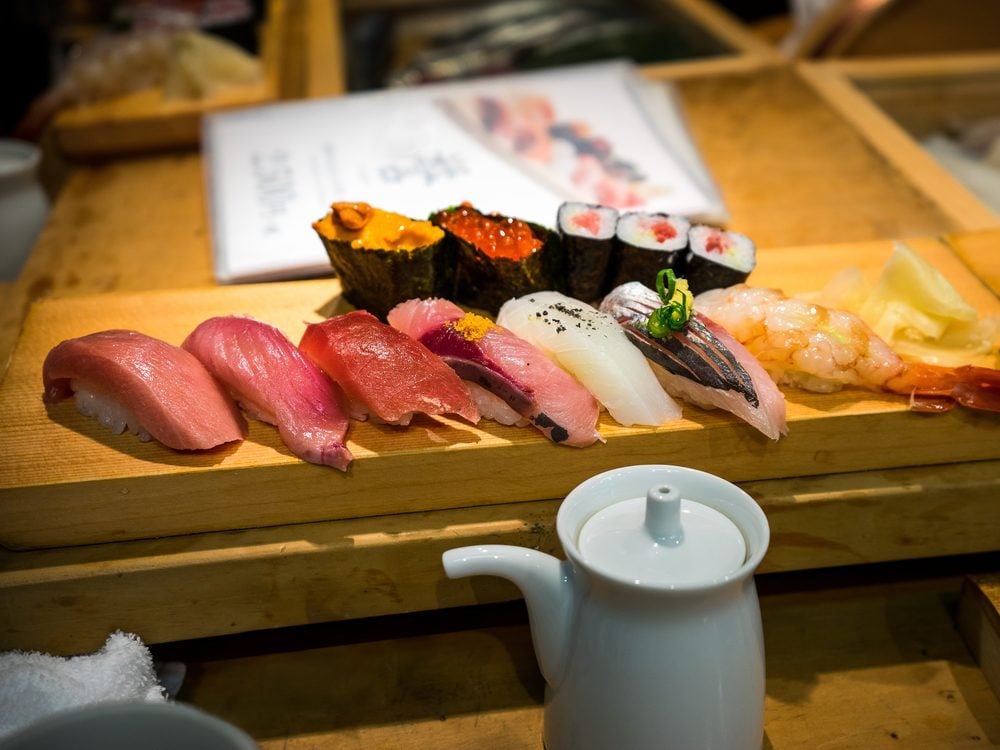
No tipping allowed
The price on the bill is the price you pay. Restaurant employees usually get paid by the hour and don’t depend on tips. The same goes for taxi drivers. Two exceptions would be if you stay at a traditional Japanese inn, or have a tour guide. The rule of thumb is $10 CAD per person, although you’re welcome to pay more depending on the level of service.
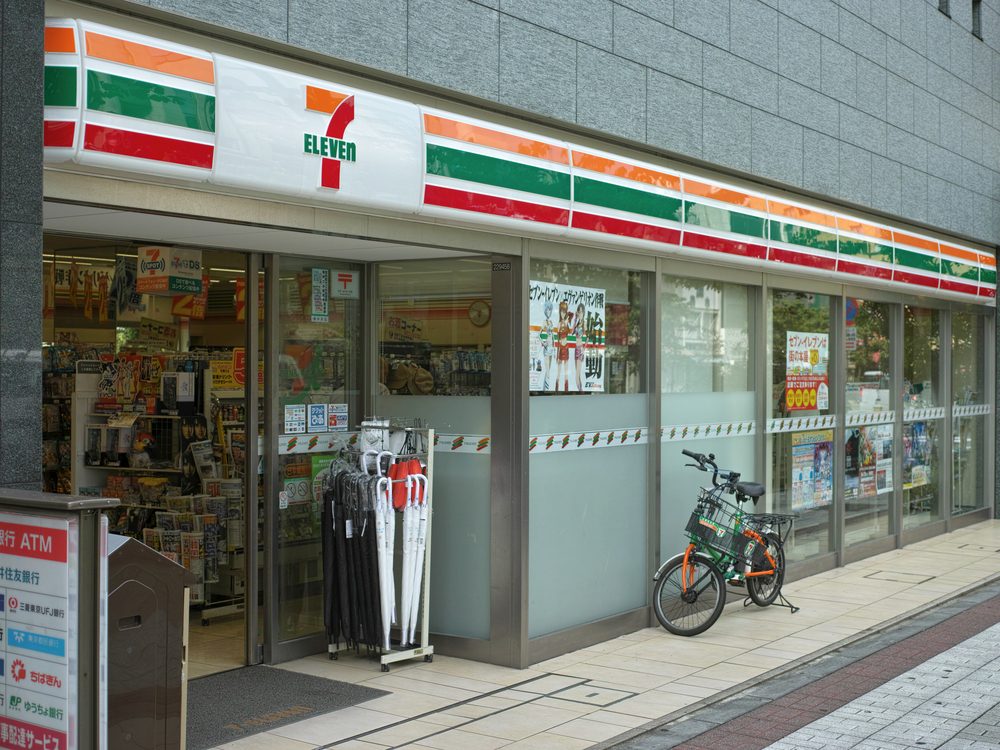
The food at 7-Eleven is as tasty as anything you can buy at a restaurant
They may look like your run-of-the-mill Canadian convenience stores on the outside, but Japanese 7-Elevens are anything but. With 20,000 locations throughout the country, Japan’s largest convenience store chain can easily double as a restaurant. Expect to see entire aisles dedicated to beer, sake, instant noodles, desserts, condiments and fresh produce. Quality meals like Bento (boxed lunch), karaage (Japanese fried chicken), ramen, sandwiches and sushi are sold as well.
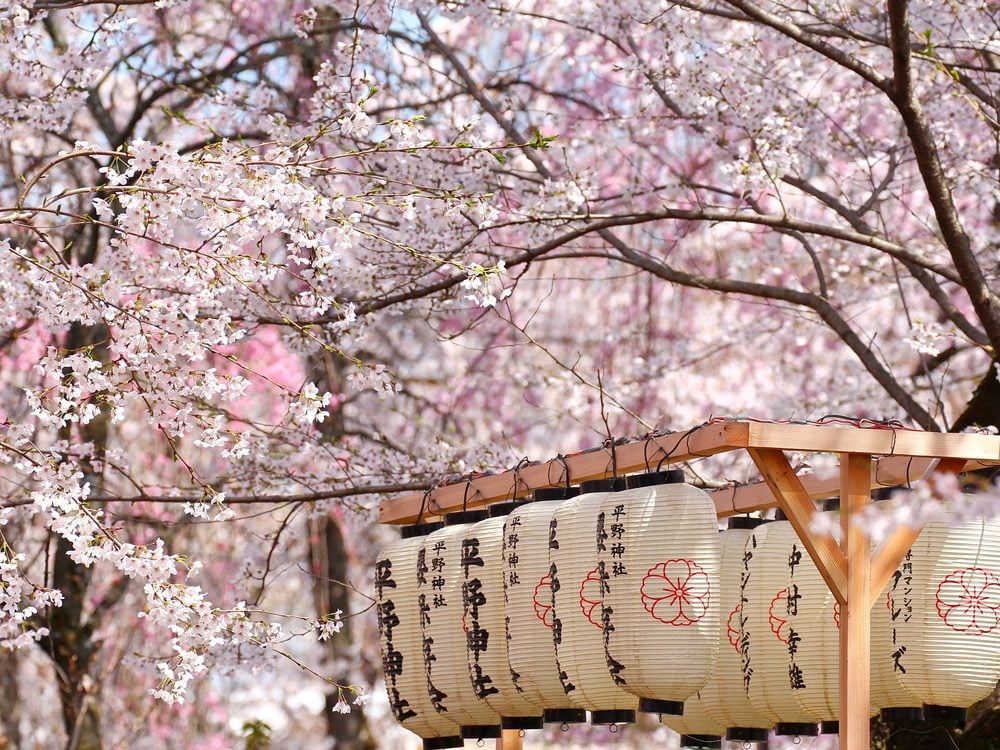
Learn a few basic words and phrases
For the most part, you can get around Japan just fine without knowing any Japanese at all. If you’re in tourist-heavy areas, metro station signages often have English translations. Most restaurants provide pictured menu too. Once you venture outside of the hot spots, however, it’s common to see solely Japanese lettering. Familiarize yourself with how to say “thank you,” “please,” “excuse me” and “good morning/afternoon/night.” Your efforts will be appreciated by the locals, and you’re guaranteed to have a better time.
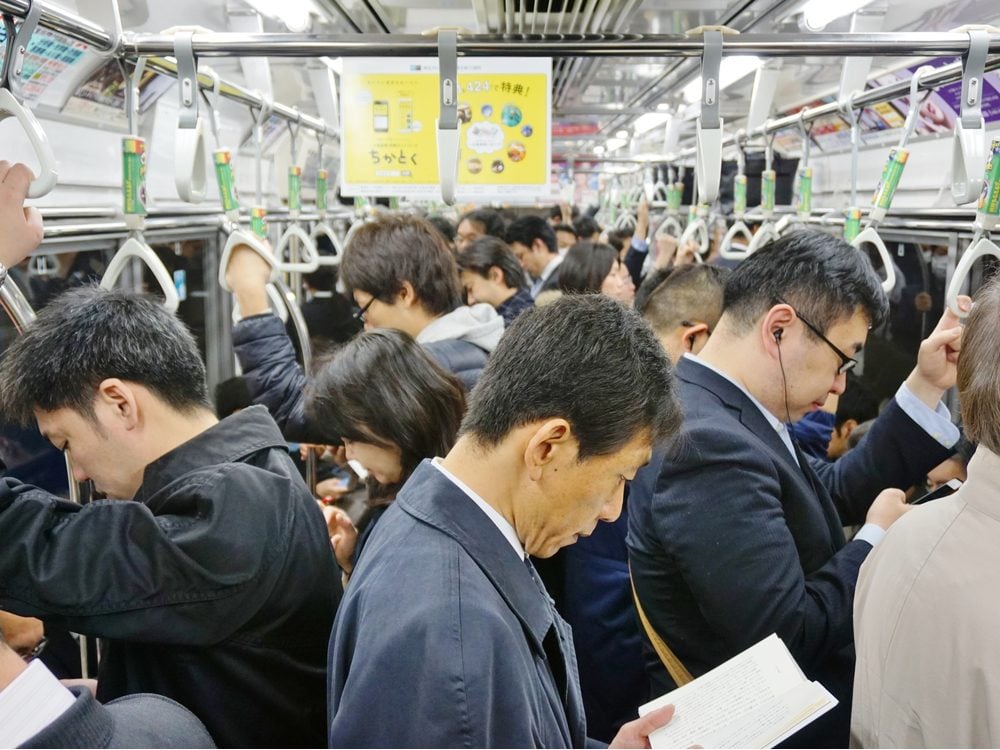
Keep your voice down
It’s no secret that the Japanese are fiercely protective of their customs and have no intention of watering them down—even for tourists. Speak loudly in Japan and you’ll bring unwanted attention to yourself and your travel companions. Watching the volume of your voice—and the subject of your conversation—is essential.
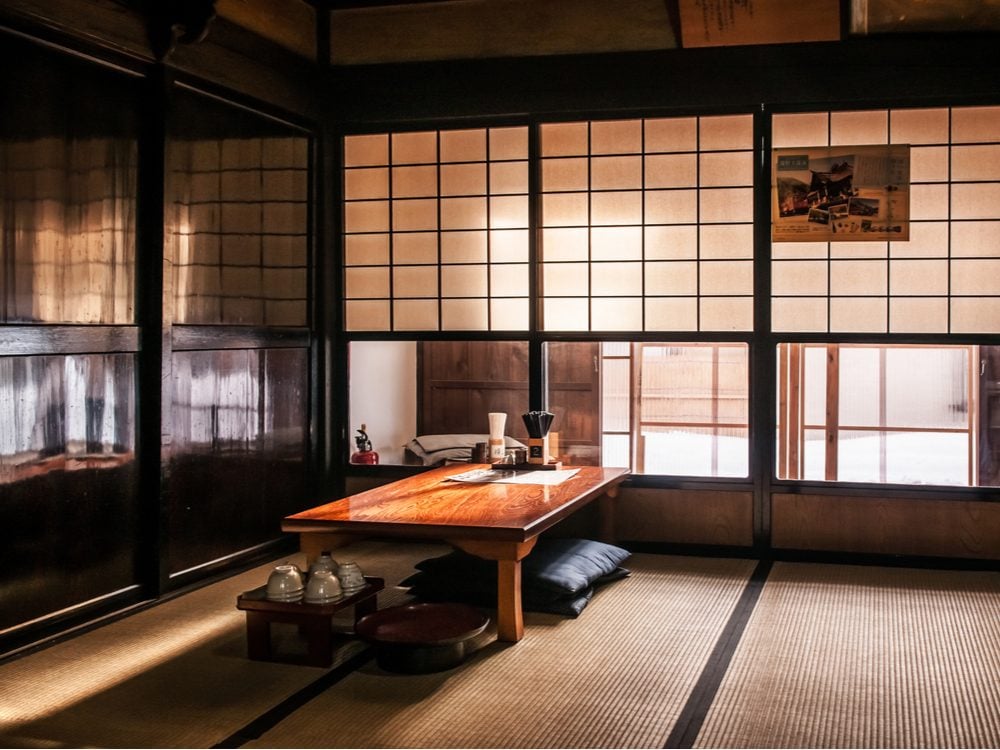
Know when to take your shoes off
Leaving your shoes on when entering someone’s house is a sign of disrespect, especially if they feature traditional tatami rooms. The same goes for temples. This is also the norm for several restaurants, so be sure to check around if you should slip your shoes off or not.
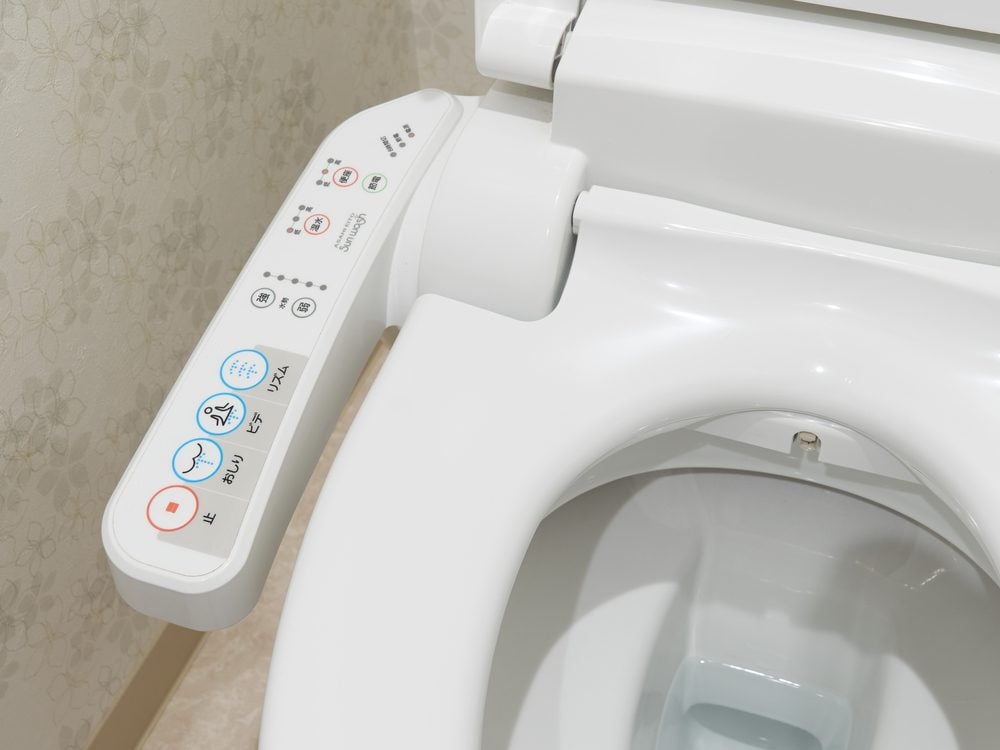
The toilets are truly cutting-edge
Japanese toilets have long been famous for their high-tech functionality: heated seats, various flush types, built-in rinse sinks, remote control technology and even a fake flushing sound for those who want to, erm, hide their bodily noises. These features aren’t exclusive to the home either, and can be spotted in public places like restaurants and department stores.
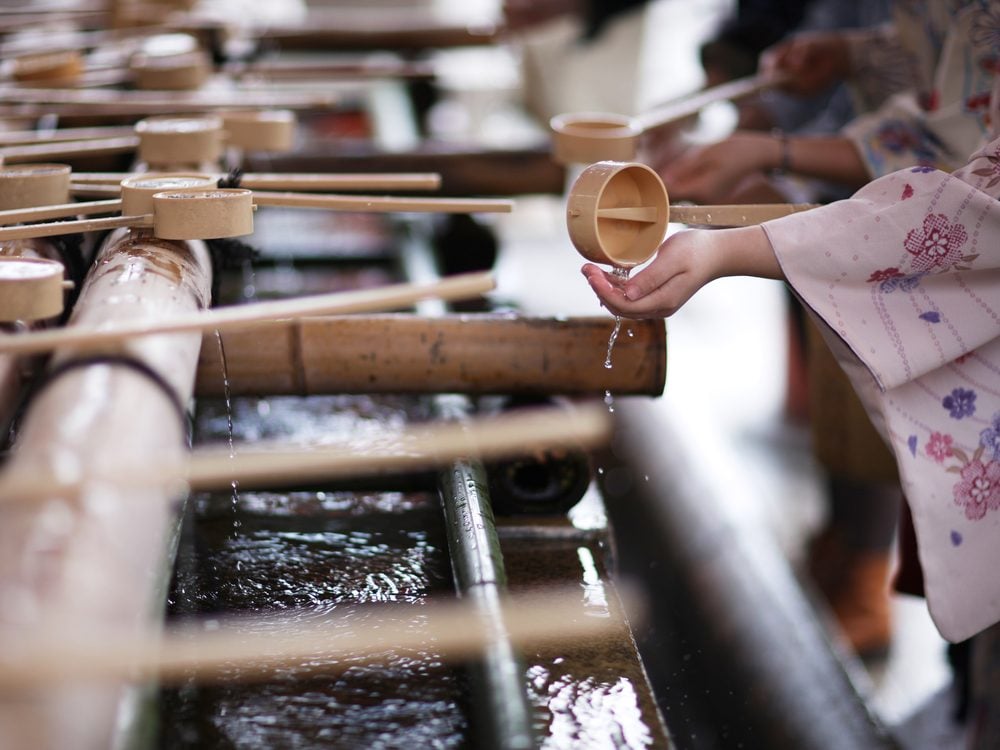
The Japanese aren’t religious per se
Shinto, the country’s major religion alongside Buddhism, doesn’t have a founder, sacred scriptures or a single deity. Kami, the equivalent of gods in the Shinto religion, are sacred spirits that take the form of things and concepts like the wind, rain, mountains, trees, rivers and fertility. And while Japan does indeed have its fair share of Shinto shrines, residents go there to pay their respects, not to pray. Above all, the Japanese value spirituality.